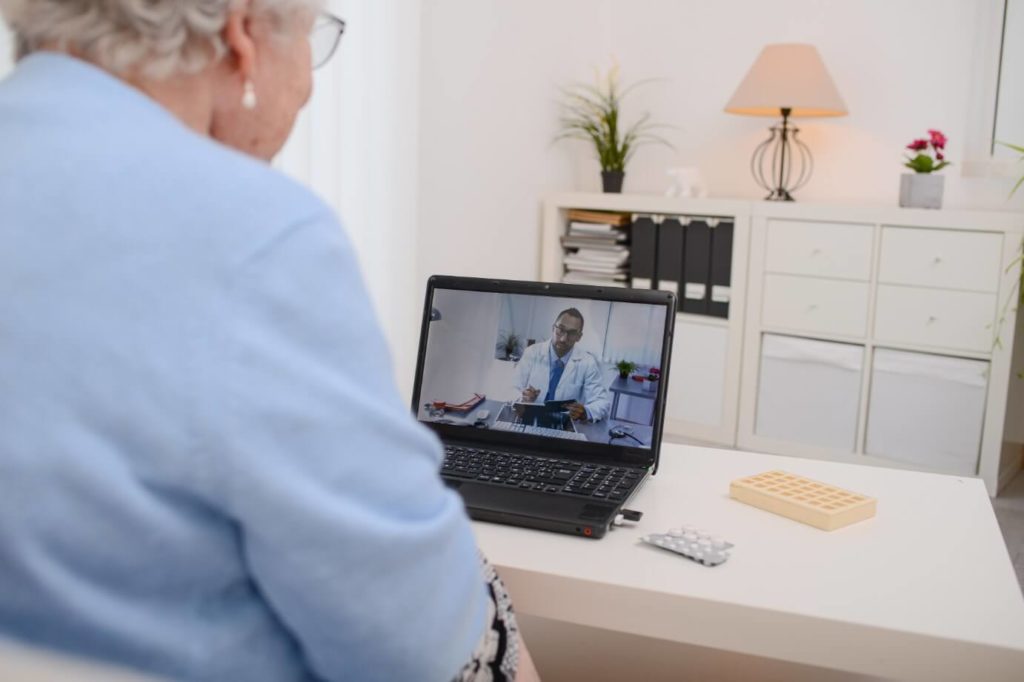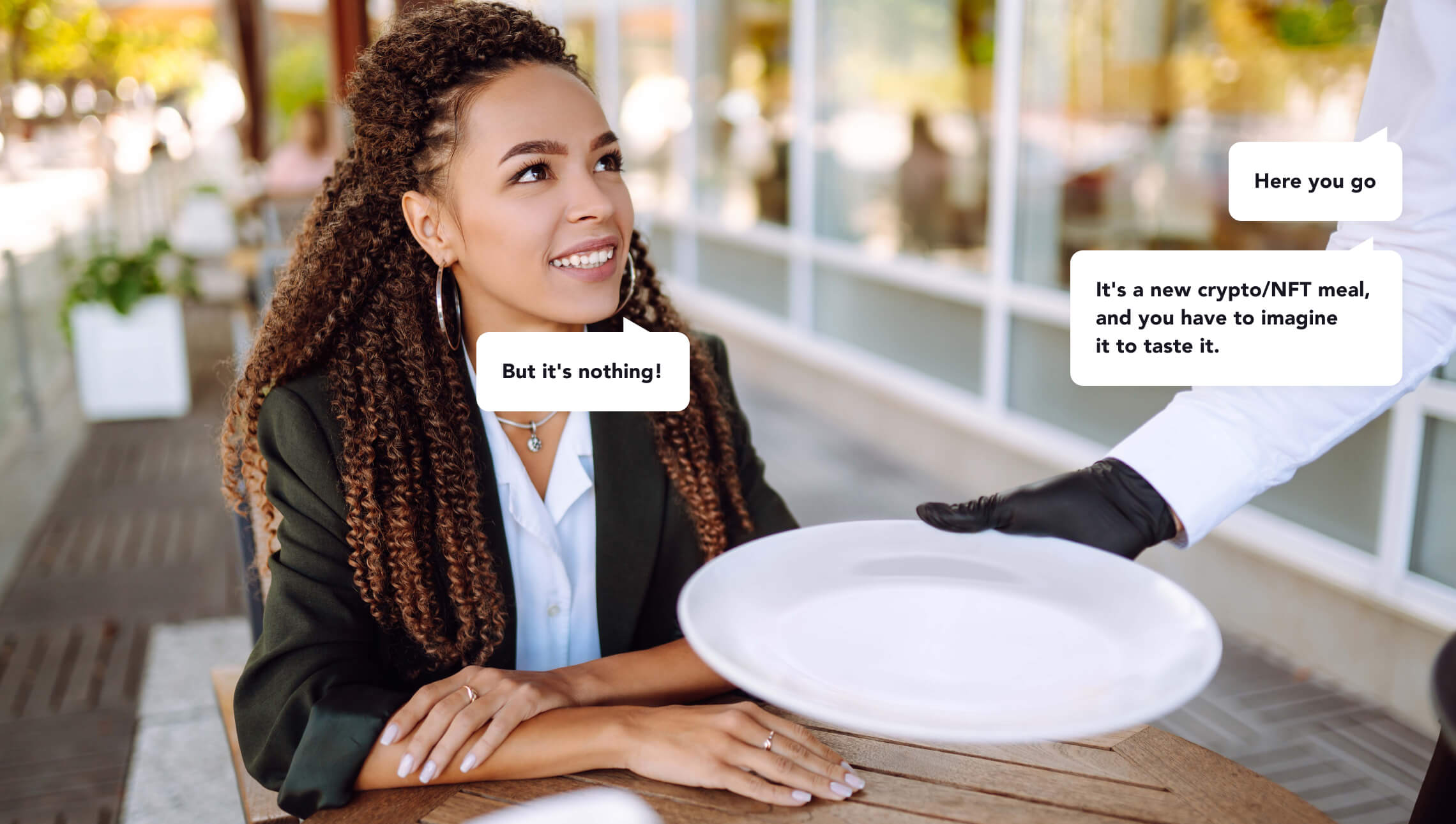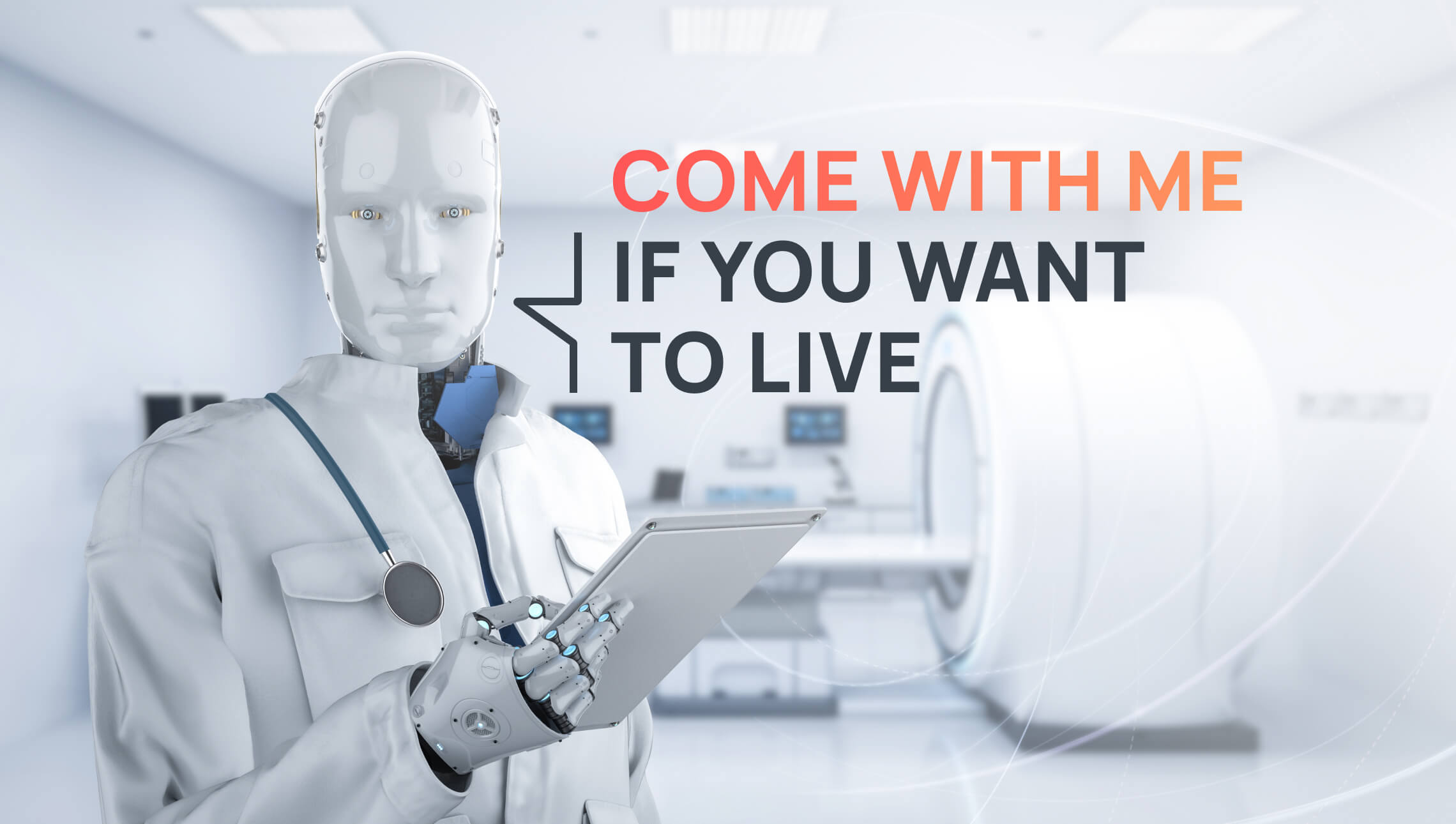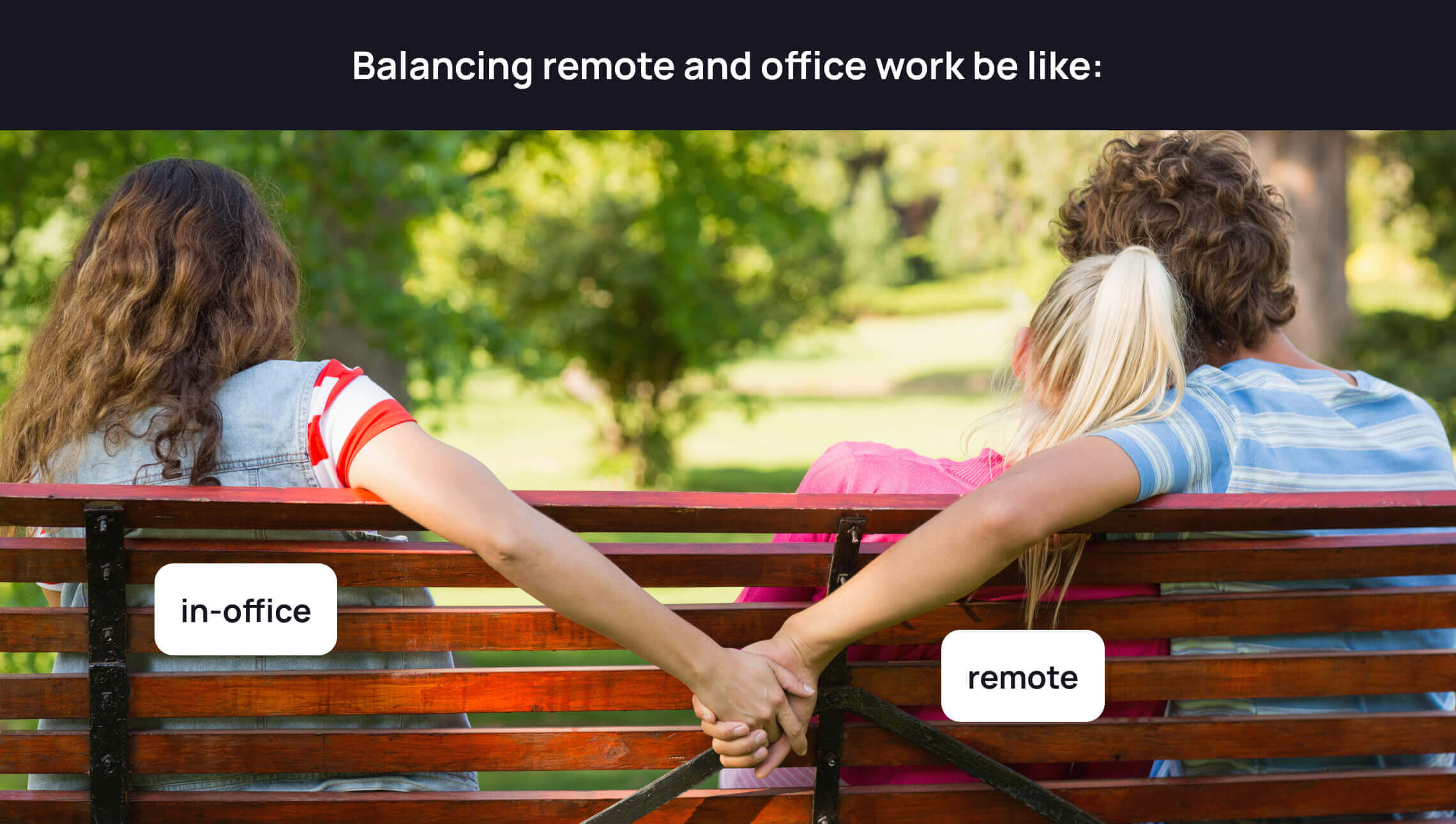How Tech Helps Seniors Overcome the COVID-19 Challenges
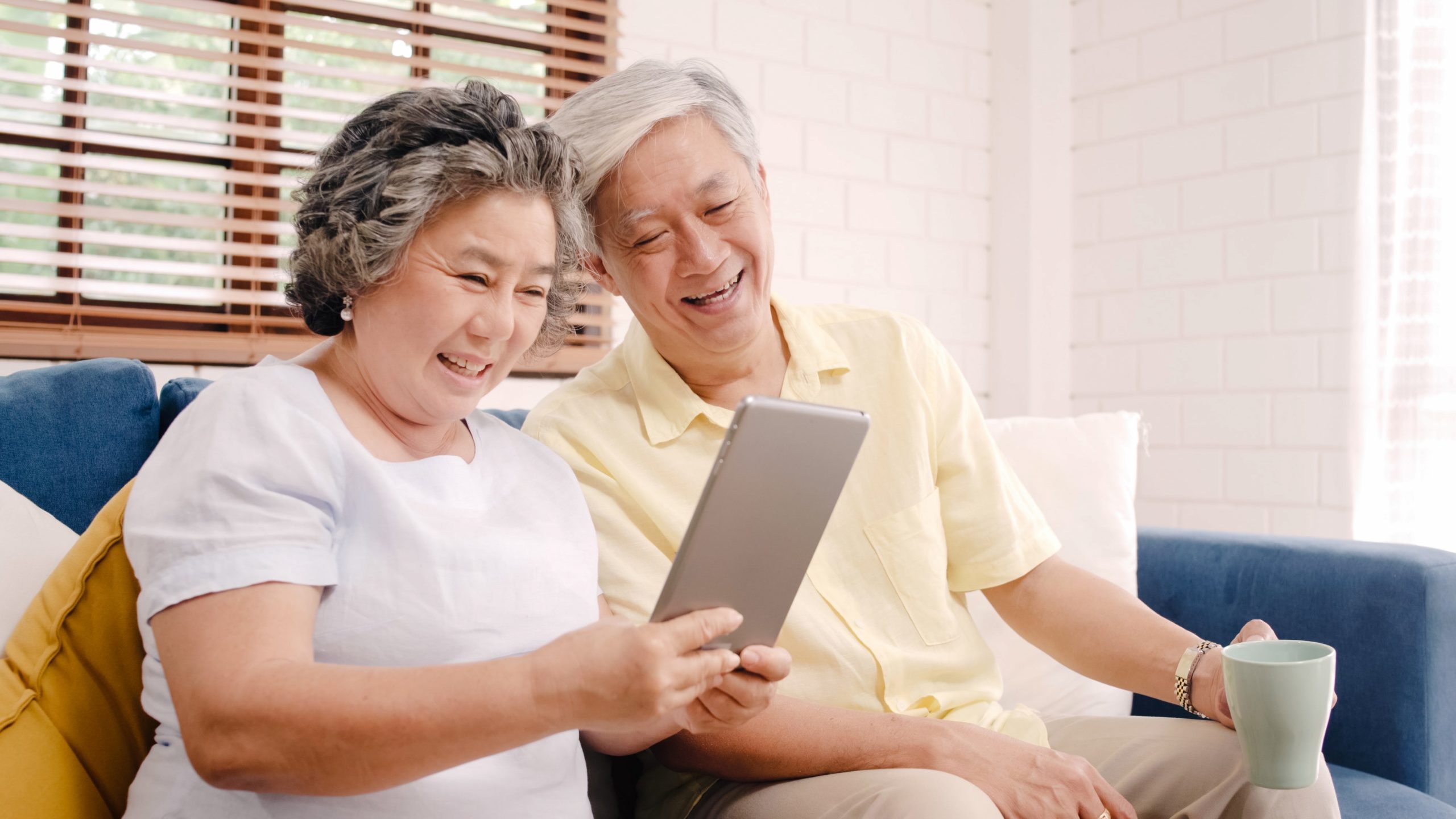
We’ve already discussed how technologies help to fight the coronavirus. In the article, we’ll explain how modern technology can help seniors during the COVID-19 world pandemic.
50+-year-old seniors are at increased risk of severe illness from COVID-19 due to their advanced age and existing health conditions. To prevent themselves from contracting the virus they choose to self-isolate and reduce contact with their friends and family.
These measures are considered the most effective way to stop the spread of COVID-19 and take a considerate burden off the healthcare system. However, older adults experience many challenges trying to adapt to the new normal. That’s where modern technology comes into play.
The latest innovations can help seniors get timely consultation with a doctor, communicate with their loved ones, and stay socially active without leaving the house.
Loneliness and social isolation
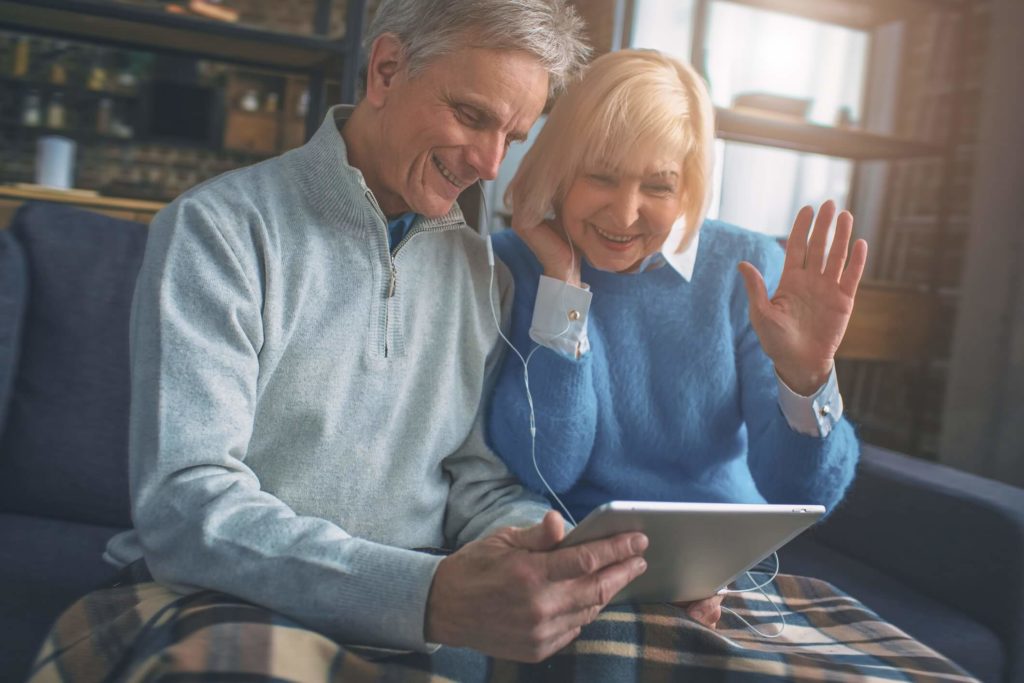
With stay-at-home recommendations being implemented around the globe, many seniors are staying home to avoid COVID-19 contraction. To protect their older loved ones, family and friends more rarely visit their older loved ones or don’t visit them at all. As a result, older adults, especially those living alone, start to feel lonely, isolated and socially disconnected.
In June 2020 56% of 50-80-year old adults reported feeling isolated compared to 27% in 2018.
Studies also show that in the long run social isolation may cause depression, aggravate health conditions, and lead to more serious chronic illnesses. Therefore, it’s important to alleviate the impact of sheltering-in-place on seniors’ mental and physical health.
Staying connected via communication tools and apps
Modern technology offers plenty of communication tools and apps — Skype, Zoom, FaceTime, WhatsApp — to keep in touch via video and audio with seniors without leaving the house.
The use of one of these solutions can help mitigate the risk of depression by the elderly being cooped up at home, address their loneliness, and keep them socially engaged. Furthermore, it will enable family members and friends to see their loved ones’ faces, check their home condition, get an indication, and signs of their physical and mental health.
Routine health care during COVID-19
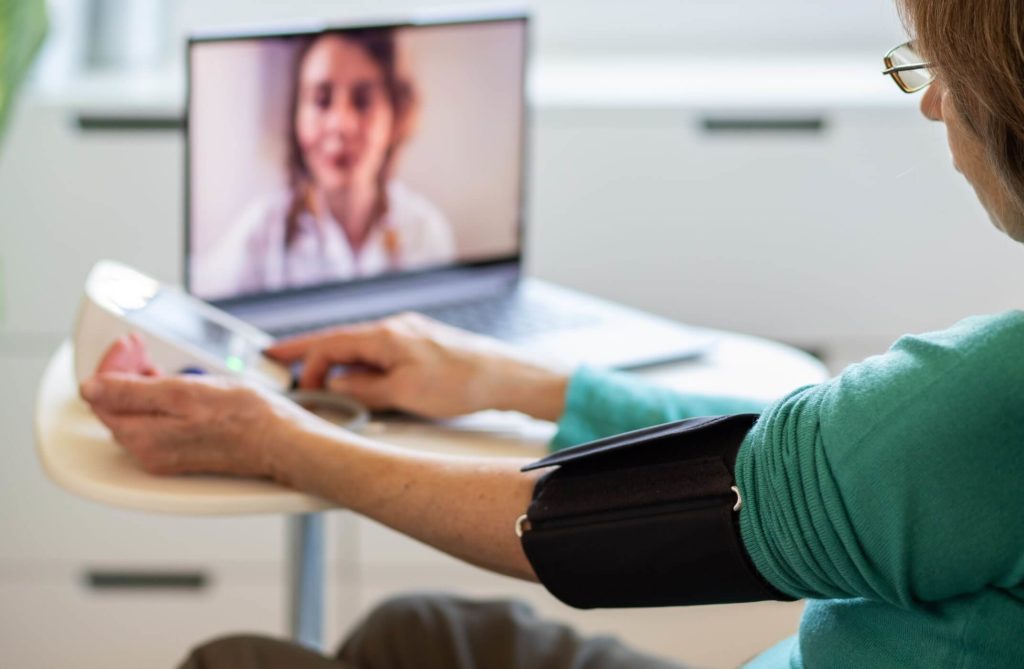
Amid the pandemic, many people believe it’s risky to visit a doctor even when sick. At the same time, the healthcare systems of many countries are facing an unparalleled crisis: hospitals are overloaded with work, the shortage of caregivers is constantly increasing, and emergency rooms admit much fewer people with serious health problems.
However, doctors claim that not seeking timely medical attention for life-threatening conditions might be even more dangerous than contracting coronavirus. More importantly, seniors are at a particular risk in this situation because they tend to have more health issues and, accordingly, need regular checkups and physical exams.
Remote medical care with Telemedicine
To ensure older adults have access to medical help during the pandemic healthcare providers are turning to technology. They are implementing Telemedicine — one of the latest technological innovations in the healthcare industry. It allows providing remote clinical services to patients via audio or video communication tools.
With Telemedicine, seniors can get real-time urgent care consultations, routine check-ups, medical prescriptions, and mental health counseling. This new approach helps deliver medical care to self-isolating seniors without putting them at risk of COVID-19 infection.
Lack of 24/7 health care for independently living seniors

During the pandemic, many older adults are self-isolating at home for their safety. Their younger family members don’t visit them very often to protect them from COVID-19. Therefore, it’s hard for them to have peace of mind that their older loved ones feel well and to take their pills on time.
Smart wearables for constant health monitoring
Until recently wearable devices were associated mostly with fitness trackers designed for sports-minded millennials. But today, there are wearables for any generation. During the pandemic, tiny wearable computers are a perfect solution for real-time remote monitoring of older adults’ health conditions.
CarePredict has implemented a robust AI-driven wrist-worn wearable paired with beacons placed in each room. It collects precise data on motion, daily activities, and behavior. This solution tracks basic health parameters, detects falls, warns caregivers about potential health risks like malnutrition, depression, UTI’s and falls based on senior’s behavior, and more.
Another wearable solution developed by Sofihub tracks sleep and bathroom schedules and sends SMS-notifications to carers and family members in case of an unusual pattern. It also reminds older adults to take their pills and go to bed when it’s time.
MouthLab by Aidar Health is a hand-held electronic device that monitors over 10 health parameters such as temperature, blood pressure, breathing patterns, heart rate, and lung function in under 60 seconds.
Unsafe grocery shopping trips
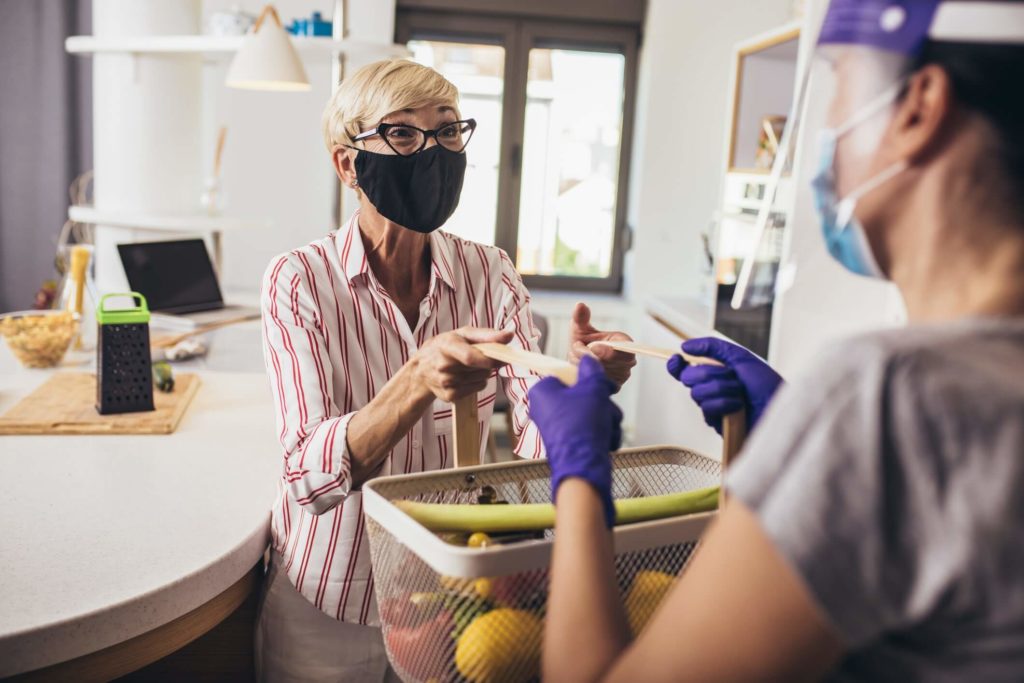
With the pandemic outbreak, grocery shopping has turned from a daily routine into a real challenge. Seniors can contract COVID-19 by contacting other consumers while filling their shopping cart or standing in long lines.
Ordering groceries online
Grocery delivery services enable seniors to do their grocery shopping online to avoid the risk of COVID-19 infection. Such services as Amazon Fresh, Shipt, and Instacart offer leave-at-the-door delivery of groceries and home essentials. It helps avoid close contact between their delivery drivers and customers. This option is available during checkout.
To help older adults easily adapt to online shopping, Instacart has recently implemented a Senior Support Service hotline. It assists 60+-year-old adults through their online services, including creating an Instacart account, choosing a grocery store from the list, filling up their shopping carts.
Risky in-person banking
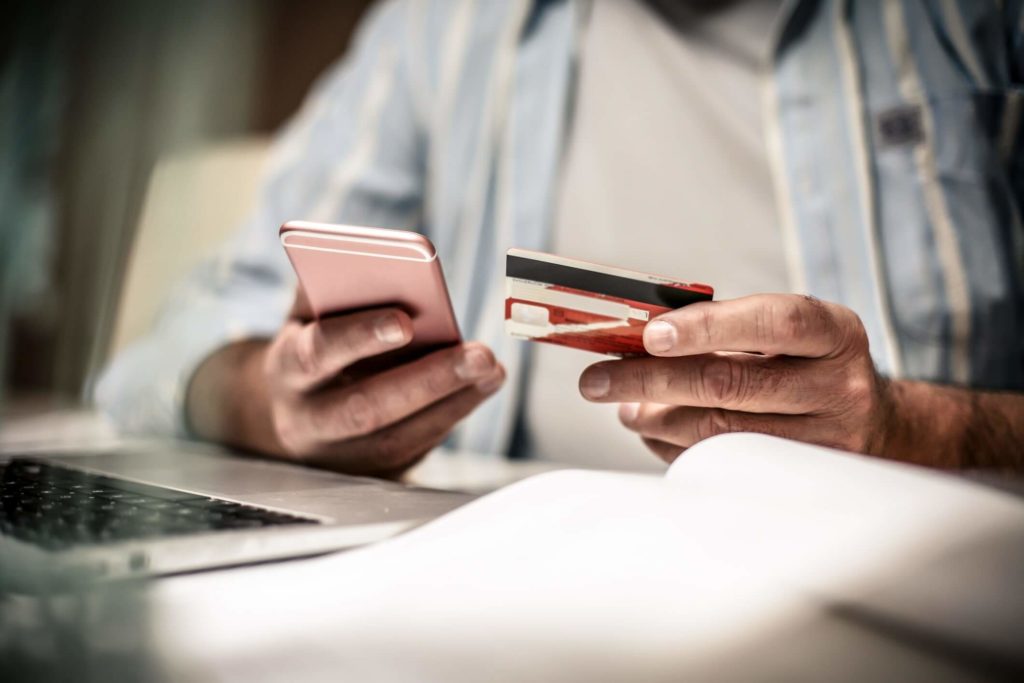
The majority of older adults use traditional banking to carry out basic transactions and withdraw cash. However, amid the pandemic, in-person banking has become rather unsafe for them due to the risk of contracting COVID-19 at ATMs and local bank branches.
Online banking — a safer alternative to traditional banking
Today, every bank offers some form of online banking. Using internet or mobile banking seniors can check their account status and carry out basic transactions, including depositing checks, paying bills, and transferring money without waiting in lines. Some online platforms offer mobile apps that provide all necessary banking features for personal finance management with AI-powered chatbots assisting clients with bank products and services.
Assisting seniors in technology

To get used to the new normal, older adults had to step outside their comfort zone and embrace modern technology. Unfortunately, not all seniors are confident about using the internet and electronic devices.
To help older adults acquire basic digital skills, Singapore’s Infocomm Media Development Authority in partnership with Microsoft has launched Virtual Digital Clinics. It’s a program aimed at helping seniors struggling with technology receive help for their digital needs. Volunteers offer one-to-one guidance on using smartphones, mobile apps, and social media via the Microsoft Teams video platform.
A bright side of the COVID-19 pandemic
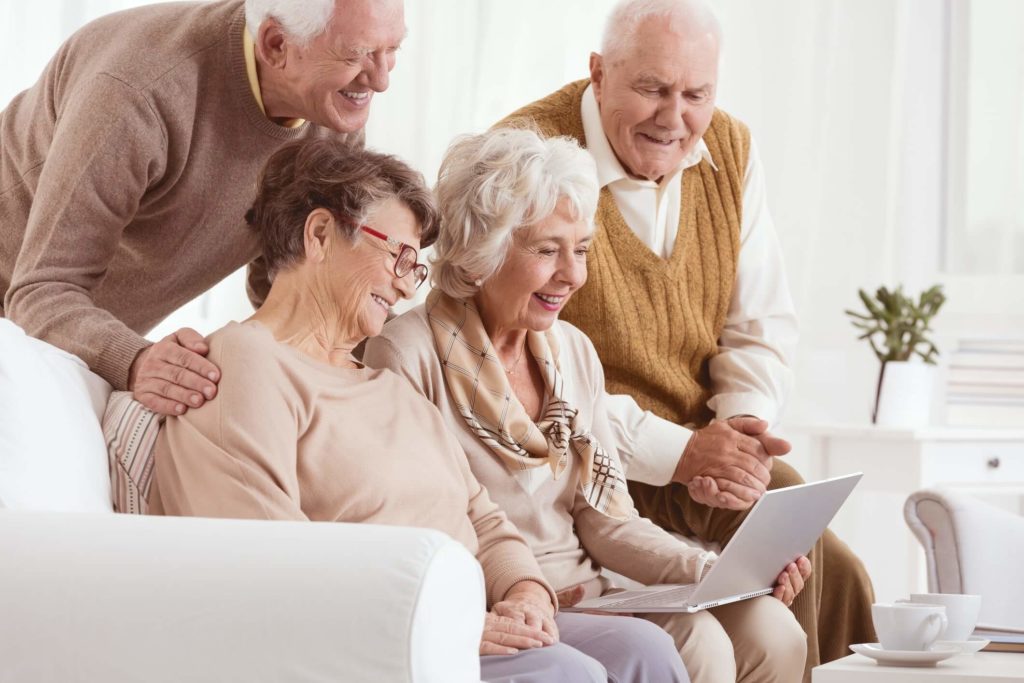
Despite numerous negative impacts of the COVID-19, the world pandemic has helped older adults overcome their technophobia.
Seniors are now more tech-savvy and encouraged to learn new technology than ever before. Today, they can stay in touch with their family and friends, control their health, go shopping, and handle finances without having to leave home.
If you need help with custom software development feel free to drop us a line. Let’s develop the world together!

